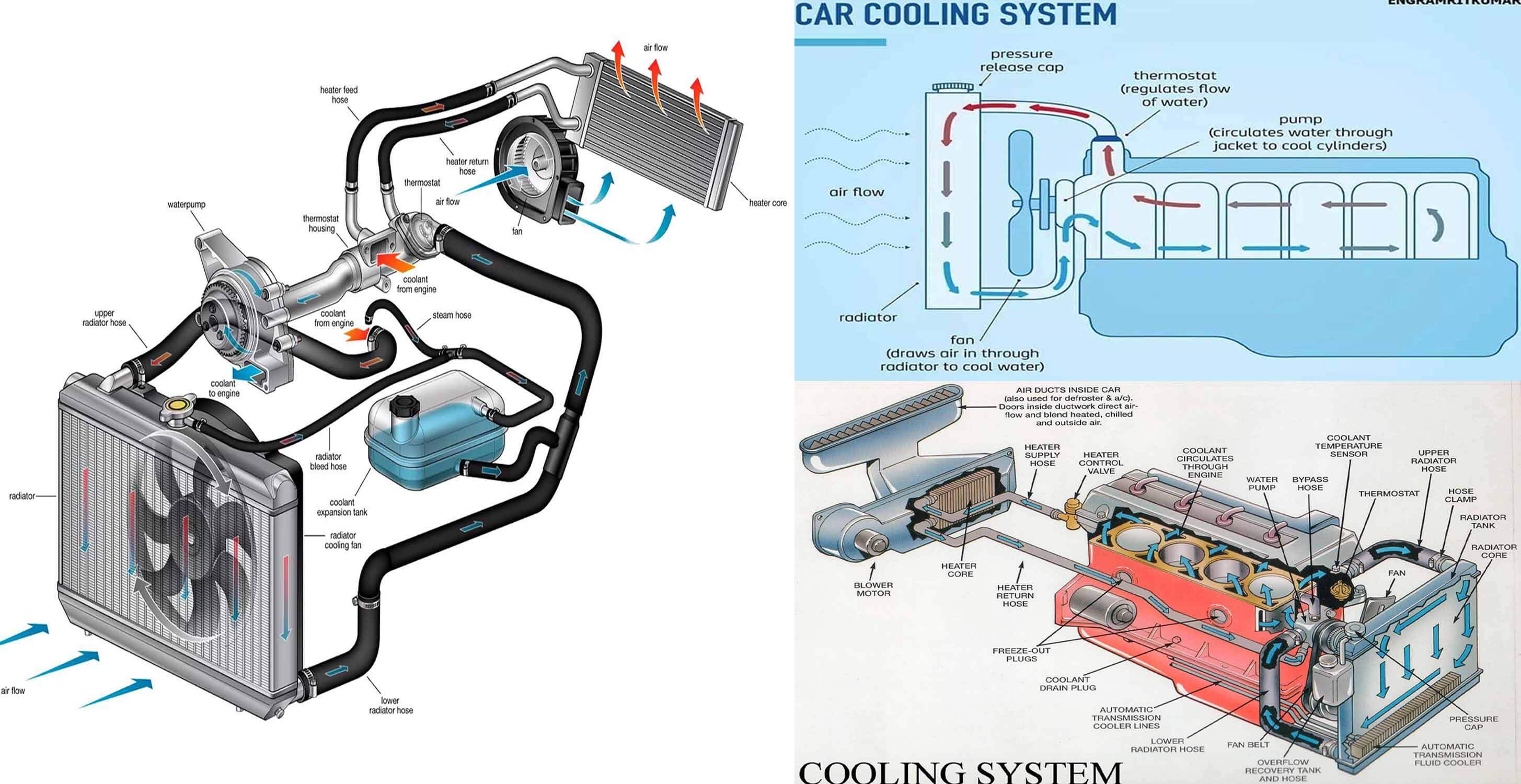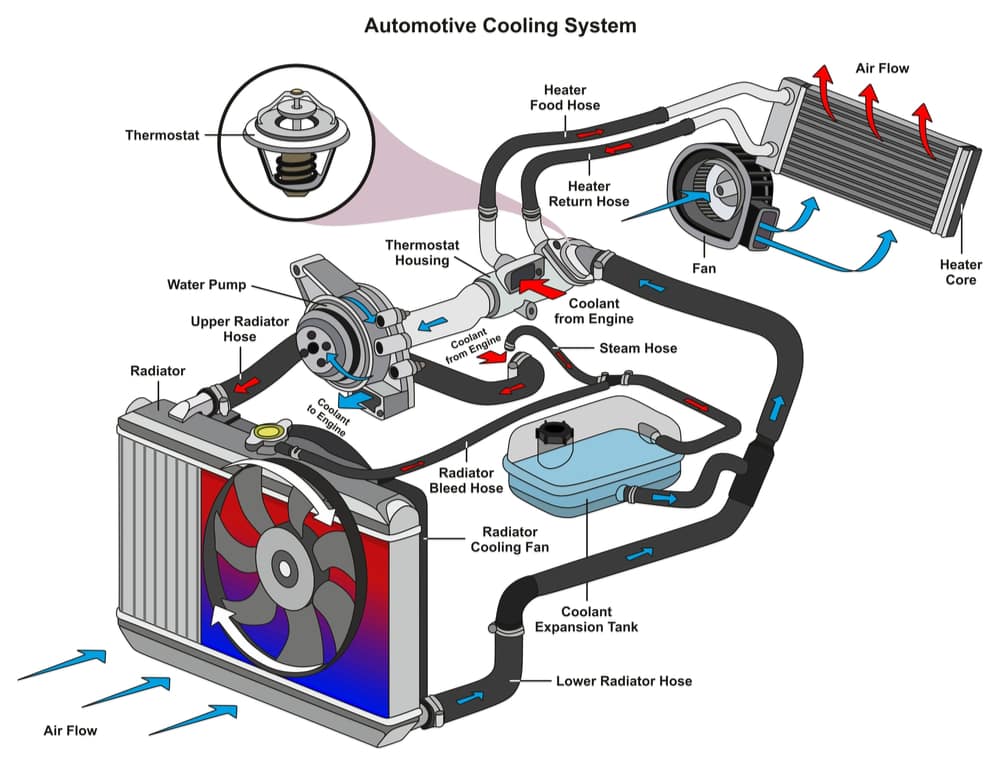

The important thing is not the total coolant capacity but adding enough antifreeze/coolant to the overall mixture to deliver the properties the engine requires to run correctly. A relatively small displacement 4-cylinder engine could contain as few as six or seven quarts, while a large American V-8 engine might hold more than 16 quarts.

How much coolant your car holds and thus will require depends entirely on its engine and cooling system. If the test determines the coolant is weak, it is time for a flush-and-fill.
#Where does coolant go manual#
To determine the proper maintenance schedule for your make and model, consult the owner's manual in your glovebox or go online and search for the maintenance schedule for your vehicle.Ĭoolant can deteriorate and lose its properties over time, so get it tested to see if it remains up to standards. This procedure is not as necessary these days because many manufacturers suggest long intervals before performing the process or don't recommend replacing the coolant at all for the life of the vehicle. One maintenance procedure that mechanics frequently performed on vehicles was the "flush-and-fill." This involves flushing the cooling system to remove contaminants and completely replacing the antifreeze/coolant. When Should you Change your Engine Coolant? IAT coolants are typically green OAT coolants orange, yellow or red and HOAT are orange or yellow. Inorganic Additive Technology (IAT), Organic Acid Technology (OAT) and Hybrid Organic Acid Technology (HOAT.) The coolants have different chemical properties and are often distinguishable by their color. Three types of engine coolants are currently common. Now many auto manufacturers require specialized coolants to maintain the vehicle's cooling system and protect the engine from damage. It is critical that when you add coolant or replace all the coolant in the system that you use coolant designed for that vehicle make and model.īack in the day, antifreeze/coolant was a single type. If the coolant level is below the maximum line or, worse, below the minimum line, you should add coolant to the reservoir to bring it up to the maximum level. The reservoir has minimum and maximum level marks embossed in the plastic or marked on it, so you can check the level without opening it. Once you've raised the hood, look for the coolant reservoir, which is typically a translucent plastic container on one side of the engine or the other.
#Where does coolant go drivers#
So it is essential to make sure the coolant level never drops below the minimum fill line marked on the coolant reservoir that resides under your hood.Ĭhecking your coolant level is a simple process once you have the hood open, though if you are like most drivers these days, opening your hood never occurs to you. Many technicians recommend checking the level of your coolant every two weeks or so because a cooling system that is low on coolant is susceptible to overheating, which can lead to costly problems, including total engine failure. If you filled your car's cooling system with water instead of a coolant-water mix, the drivetrain systems would be much more susceptible to corrosion. That is why in many areas of the country that experience cold weather, coolant is called antifreeze.įinally, coolant has corrosion inhibitors that protect the engine, radiator, and other parts of the cooling system from rust and corrosion as you drive. Liquid freezing in an engine can damage heads and engine blocks beyond repair. If the fluid were just water, it would freeze at 32 degrees Fahrenheit (0 degrees Celsius), and by doing so, it would put parts of your car's engine at extreme risk. Second, the coolant lowers the freezing point of the liquid in your cooling system. This is critical to the efficiency of your engine. Because of its chemical properties, it enables the liquid in your car's cooling system to accept more heat, essentially letting it "run hotter" than it would if it just consisted of water. First, it raises the boiling point of the cooling system. Your car's coolant performs three critical functions in the typical powertrain.


 0 kommentar(er)
0 kommentar(er)
